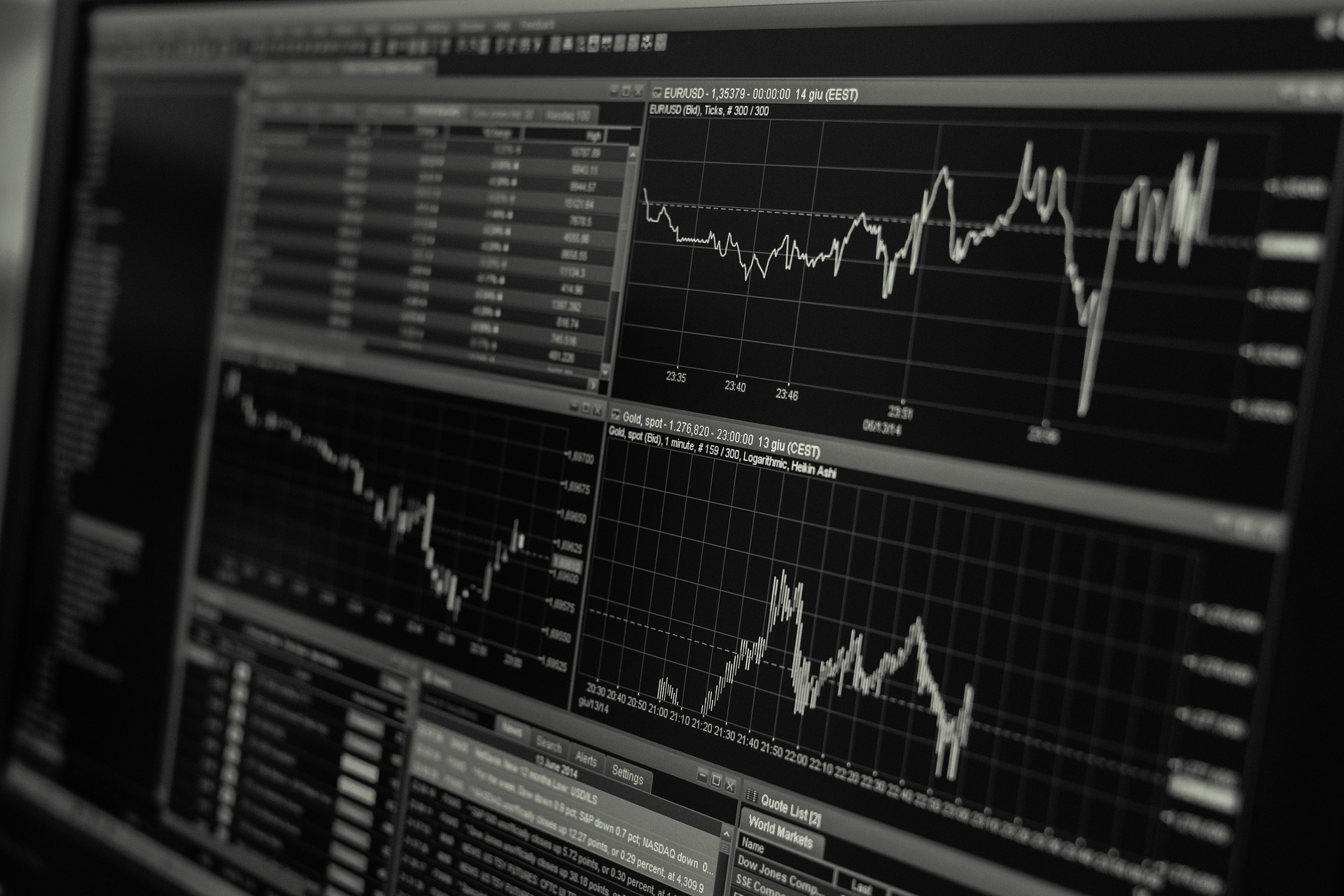What does it mean to beat the market? The most common answer will probably be getting market-beating total returns. However, there are other ways to beat the market.
Read on to find out how!
Beat the market in total returns
The long-term returns of the U.S. market have been ~10%, including inflation. The Canadian market tends to perform worse than that due to its meaningful exposure to the energy and materials sector, which can be quite volatile.
As we’ve seen lately, the oil and gas sector has generally been a poor performer. Currently, the Canadian market has a combined ~30% weighting in the energy and materials sector. Investors should aim for a rate of return of +10% to beat the market.
Beat the market in income generation
Some investors care more about the income generated from their investments than the total returns. For example, retirees live on the income generated from their investments. The income from the U.S. market and Canadian market, which currently offer yields of ~1.9% and ~2.8%, probably wouldn’t be enough to meet their income needs.
Investors who are looking to beat the market in income generation today should find stocks or funds that offer yields of north of 2.8%, such as Brookfield Renewable Partners LP (TSX:BEP.UN)(NYSE:BEP), which offers a yield of ~6.4% — more than double the market’s yield.

Beat the market by getting more consistent returns
The market is volatile. The beta is a simple measurement of the volatility of stocks compared to the market. If a stock has a beta of less than one, it should have lower volatility than the market.
Other than focusing on stocks with a low beta, investors can build a portfolio of stocks with the goal of getting more consistent returns than the market. What I mean by consistent returns is getting market-matching returns in good economic times and beating the market in recessions. This could be especially meaningful for conservative investors.
Brookfield Renewable happens to be a low-beta and high-yield stock. Yahoo Finance indicates that the utility has a beta of 0.19. Dividend income is more reliable than price appreciation if you focus on safe dividends.
In a recession, most stocks will fall hard, including Brookfield Renewable, but its yield will still deliver a positive return. If the market were to decline for the next three years, Brookfield Renewable would still deliver returns of +6% per year. If you’d bought high-flying stocks like Amazon.com, Inc. (NASDAQ:AMZN), you’d be getting negative returns.
Investor takeaway
When you buy the market, you buy the bad companies along with the good ones. At best, you’ll get market-matching returns. When you invest in individual stocks, you can build your portfolio carefully and aim to beat the market in total returns, income generation, or return consistency.








